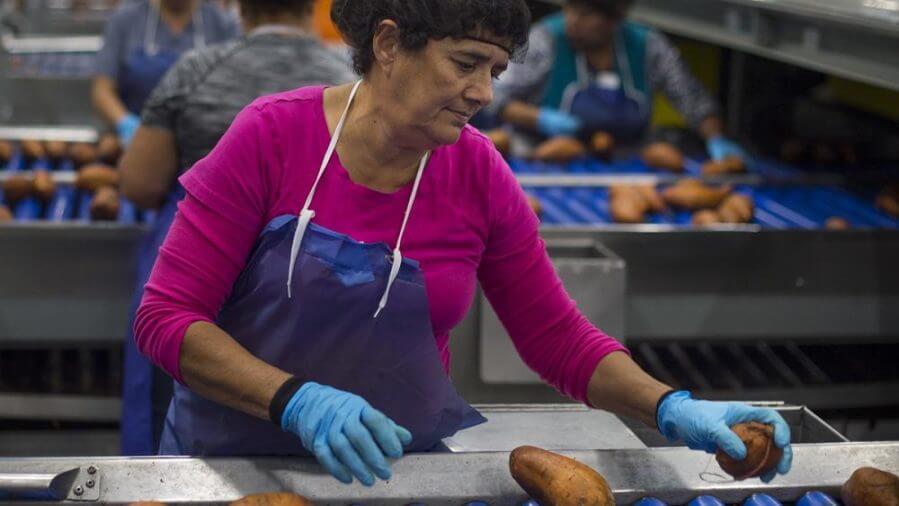A light-based, food sanitization technique successfully eliminated multiple harmful pathogens in a new study carried out by Penn State researchers.
The pulsed light technique shows promise as an effective alternative to the chemical, heat and water-based antimicrobial technologies commonly used in the food industry — and could be applicable more generally in sanitized environments such as hospitals, water treatment facilities and pharmaceutical plants, according to the researchers.
The Centers for Disease Control estimates that upwards of nine million people get sick, 56,000 are hospitalized and 1,300 die annually in the U.S. due to foodborne diseases. Despite improvements in technology and increased regulation, food contamination remains a global problem with major public health implications, explained Ali Demirci, professor of agricultural and biological engineering at Penn State and member of the research team.
“Any improvements to prevent illness or save lives would be the best outcome of this research,” Demirci said. “We want to reduce the number of foodborne disease fatalities to zero.”
The study, recently published in the Journal of Food Engineering, revealed that targeted pulses of broad-spectrum light established a germicidal response in E. coli, Salmonella Typhimurium, Listeria monocytogenes, Bacillus cereus, Aspergillus niger spores and Penicillium roqueforti spores. The study also defined the spectrum and energy characteristics of pulsed light and found that ultraviolet radiation played an important role in the process.
The work was conducted in Demirci’s lab in collaboration with Ed Mills, associate professor of meat science, and Josh Cassar, former doctoral candidate in animal science, who has since graduated and works as a food safety consultant.
“I returned to Penn State for graduate school after working for a poultry processor, so for me the research was very applied; we desired to bring this technique to market,” Cassar said. “In terms of implementing the technology, we have continued to collaborate with corporate partners to integrate this technique into their facilities.”
Over the past two decades, the lab has applied the technique to a range of foods, including fruits, seeds, grains, cheese, milk, apple juice and multiple poultry products. The team even simulated production conditions to test the technology on eggs, using a conveyor devised to test the process in an industrial setting, with the xenon flashlamps designed to operate at commercial scale.
The team said they hope this technology will be adopted by the food industry sooner rather than later due to its strong potential to help make food safer to consume.


